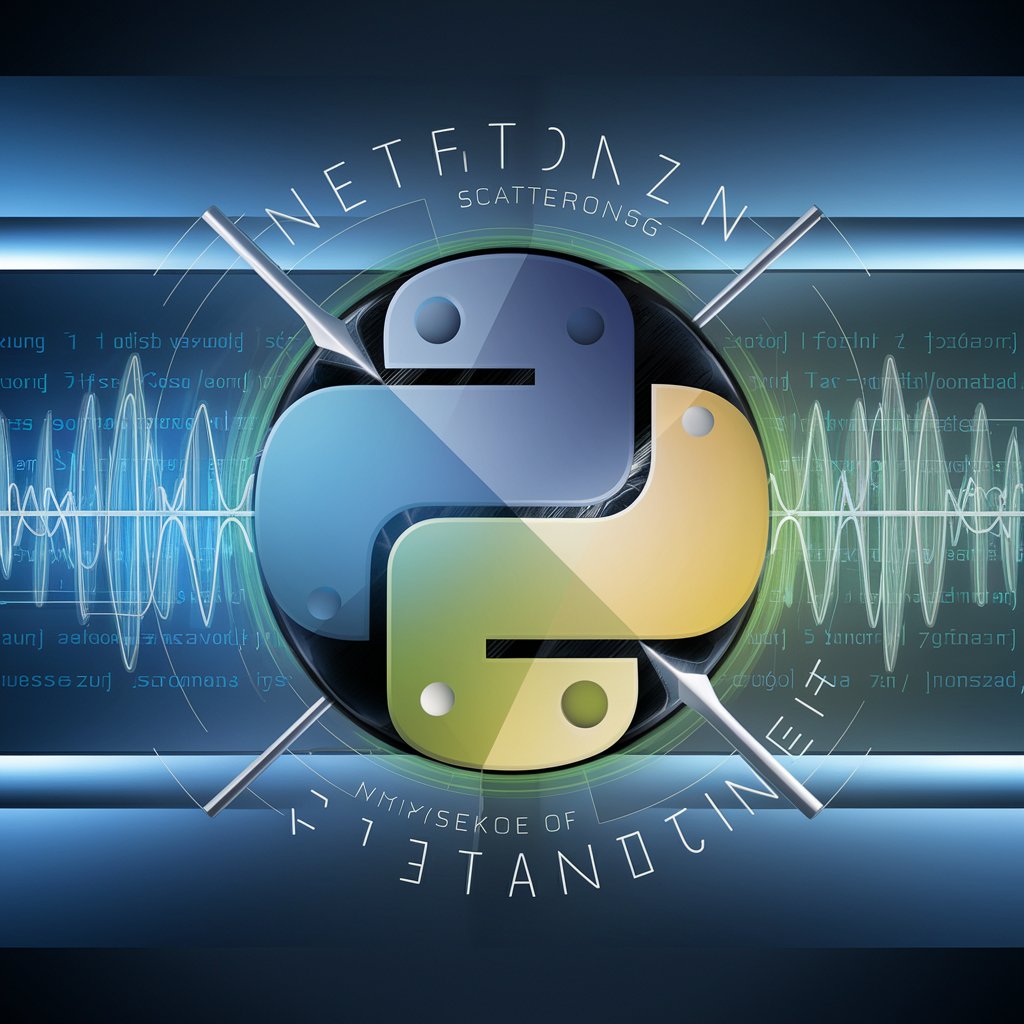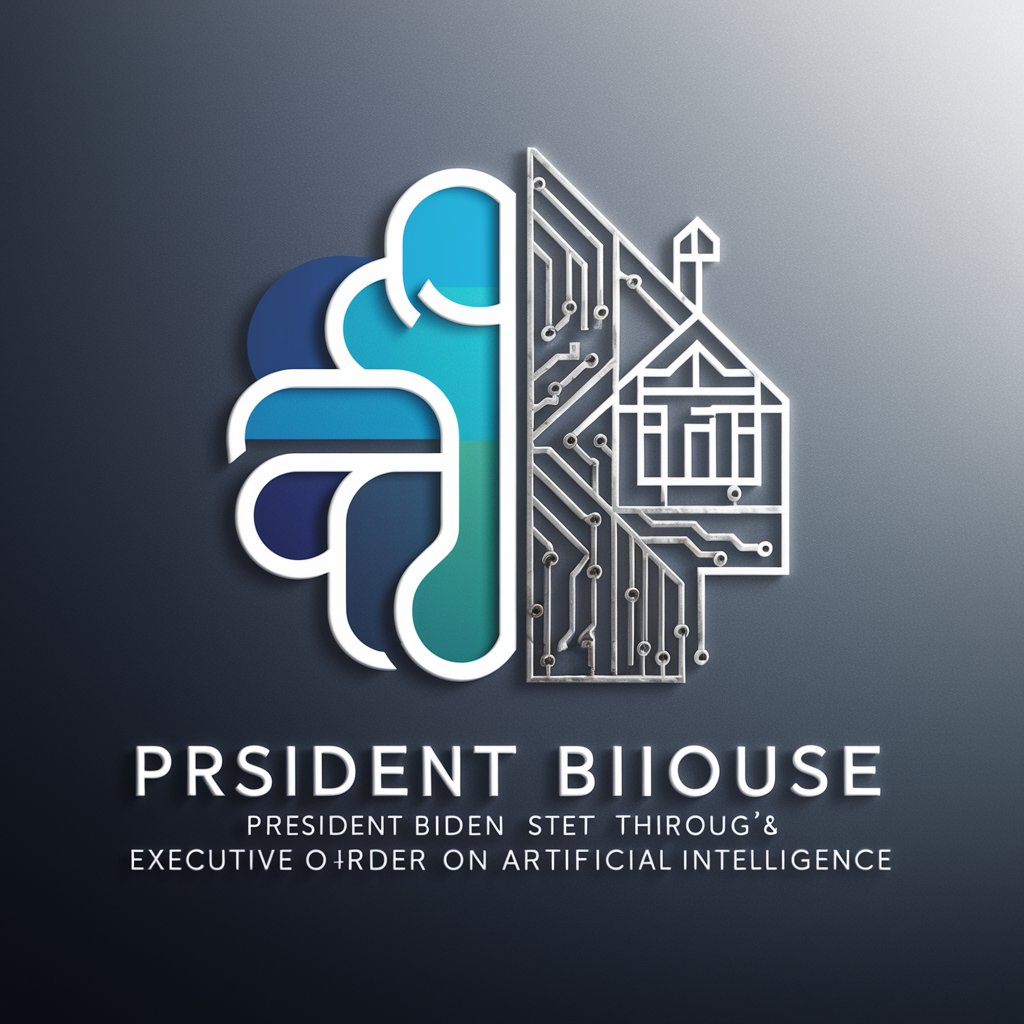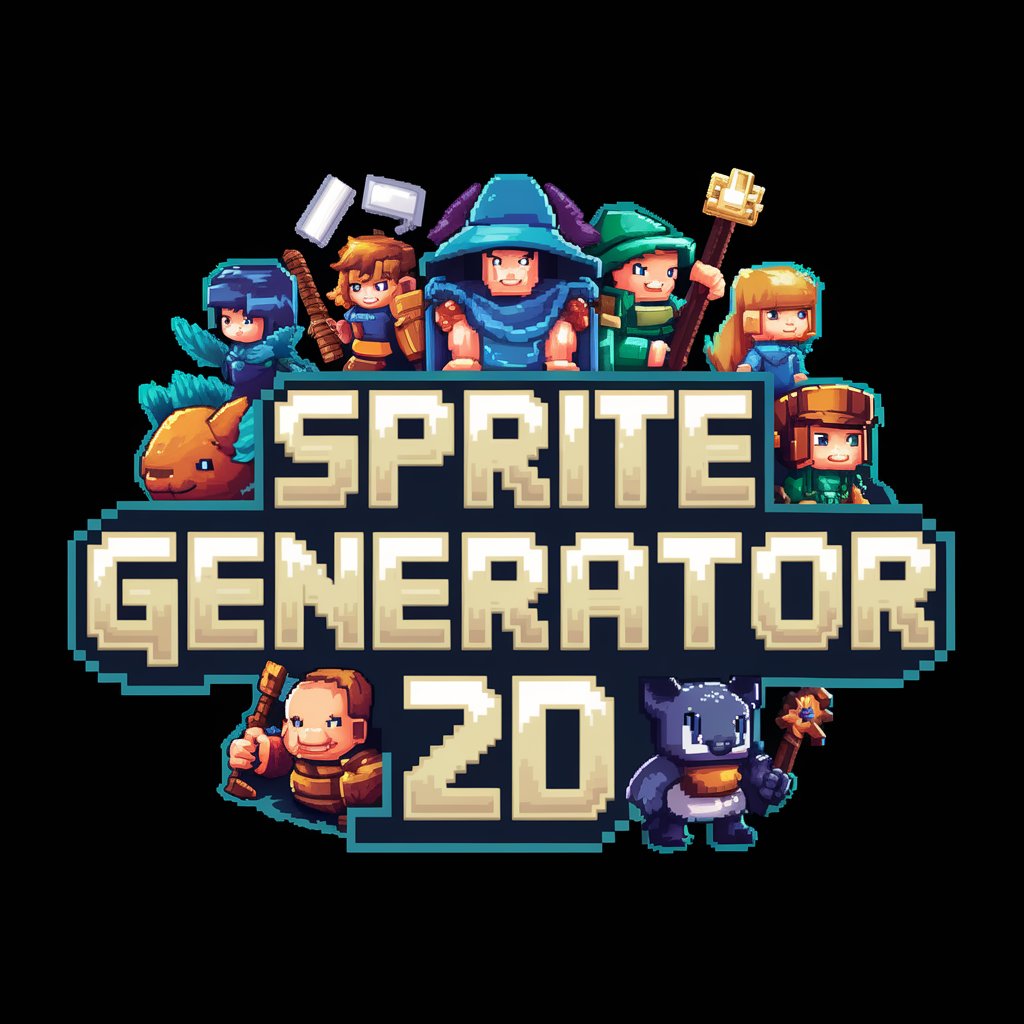Neutron Scattering Code Helper - Neutron Data Analysis Tool

Welcome to your neutron scattering and Python research companion!
Empower your research with AI-driven neutron scattering analysis.
Explain how small angle neutron scattering can be used to study skyrmions in magnetic materials.
Provide a detailed overview of deconvolution techniques in image processing for physics applications.
Discuss the principles of Python programming for scientific research, emphasizing best practices and tools.
Describe the process of implementing a tomographic algorithm for neutron scattering data analysis.
Get Embed Code
Introduction to Neutron Scattering Code Helper
Neutron Scattering Code Helper is designed to assist users in the field of small angle neutron scattering (SANS), particularly focusing on the computational and simulation aspects related to physics research. Its core purpose is to facilitate the processing and interpretation of neutron scattering data, especially for complex systems such as skyrmion lattices in magnetic materials. An example of its application includes analyzing data from SANS experiments to reconstruct three-dimensional structures of skyrmion lattices, providing insights into the microscopic arrangements and interactions within the material. Powered by ChatGPT-4o。

Main Functions of Neutron Scattering Code Helper
Data Analysis
Example
Processing multi-projection small angle neutron scattering measurements to generate mean scattering feature reconstructions (MSFR) of bulk spin textures.
Scenario
Researchers studying the three-dimensional arrangements of magnetic skyrmions in Co8Zn8Mn4 materials use the tool to process SANS data. The tool helps to visualize and quantify the disorder and topological transitions in the skyrmion lattice, aiding in understanding the material's magnetic properties.
Simulation and Modelling
Example
Simulating SANS patterns using digital phantoms to understand and predict the behavior of skyrmion materials under varied experimental conditions.
Scenario
Simulation capabilities of the tool allow for the generation of theoretical SANS patterns from predetermined magnetic configurations, assisting researchers in comparing these simulations with actual experimental data to refine their understanding of material behavior.
Optimization of Experimental Design
Example
Using optimization algorithms to determine the best experimental setups for neutron scattering, based on predicted data outcomes.
Scenario
Before conducting costly and time-consuming experiments, researchers can use the tool to simulate different experimental configurations, optimizing parameters such as the angle and intensity of the neutron beam to maximize the quality and relevance of the scattering data collected.
Ideal Users of Neutron Scattering Code Helper
Academic Researchers
Physicists and materials scientists conducting research in magnetic materials, particularly those interested in the microscopic and nanoscale properties of skyrmions. The tool assists in analyzing complex SANS data, which is crucial for understanding the magnetic properties and stability of such materials under different conditions.
Industrial R&D Professionals
Professionals in research and development sectors of industries that focus on advanced materials and magnetic storage technologies. These users benefit from the tool’s ability to provide detailed insights into material properties, essential for developing new materials with desired magnetic characteristics.
Educational Institutions
Educators and students in physics and materials science departments can use the tool for educational purposes, particularly in advanced courses on neutron scattering techniques and magnetic materials. It provides a practical, hands-on approach to understanding complex physical phenomena through data analysis and simulation.

Using Neutron Scattering Code Helper: A Step-by-Step Guide
Step 1
Visit yeschat.ai for a free trial, no login required, and no need for ChatGPT Plus.
Step 2
Download the specific code package relevant to your research needs from the available tools on the website.
Step 3
Review the documentation provided to understand the functionalities and prerequisites for using the software effectively.
Step 4
Set up your experimental or simulated data in accordance with the input formats accepted by the Neutron Scattering Code Helper.
Step 5
Run the analyses using the tool's functions, and utilize the support forums for any troubleshooting or advanced queries.
Try other advanced and practical GPTs
Speak Like Biden
Empower Your Voice with AI

ML Quality Assistant
Empower ML Quality with AI

Verzekeringsadvies
Streamlining Insurance with AI

UK Finance Guide
Empowering Financial Decisions with AI

Biden AI EO Guide
Navigating AI Policy with Precision

AIDET
Enhance interactions with AI-powered AIDET

Voice of Justice
Empowering Change with AI-driven Wisdom

Beatles Thumbnail Creator
Craft Iconic Thumbnails with AI

The Beatles Encyclopedia
Unlock Beatles history with AI-powered insights.

Adaptive Expert Narrator
Powering Industry Innovation with AI

Chef StarSprinkle
Revolutionizing Cupcake Creativity with AI

Sprite Generator 2D (Unity/Unreal)
Crafting Pixel-Perfect Game Characters

Frequently Asked Questions About Neutron Scattering Code Helper
What types of data can Neutron Scattering Code Helper analyze?
This tool is designed to process and analyze data from neutron scattering experiments, including small-angle neutron scattering (SANS) and other related techniques.
Is it possible to customize the code for specific research needs?
Yes, users can modify the source code to suit specific experimental setups or analysis requirements, as the tool is provided with open access to its source code under a permissive license.
Can Neutron Scattering Code Helper be integrated with other scientific software?
Yes, it can be integrated with other scientific software packages for data analysis or visualization, providing a flexible environment for research and development.
What kind of support is available for new users of this tool?
New users can access a range of support options, including comprehensive documentation, tutorial videos, and a community forum for discussing issues with peers and experts.
How does this tool handle data security and privacy?
Neutron Scattering Code Helper is designed with data security in mind; users maintain control over their data as the tool can be run locally, ensuring that sensitive information does not need to be uploaded to external servers.
